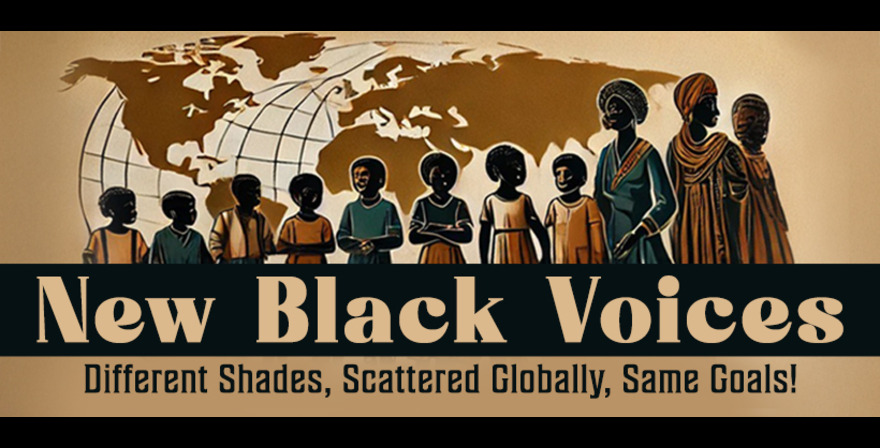By Emily Mella Pablo and James A. Parrott // Centernyc.org
New York City’s unemployment rate for the first quarter of this year (January-March) fell to 5.3 percent, down from 6.4 percent in the first quarter of 2022. The city continues to lag national performance, with the overall U.S. unemployment rate for the latest quarter clocking in at 3.5 percent. Pre-pandemic unemployment rates for NYC and the nation overall were about the same at 3.7 percent. The latest private payroll employment data show New York City’s monthly average job growth for the first quarter of 2023 slowing to 6,000, down from a monthly average of 19,000 for 2022.
Our previously reported post-Covid divergences in local unemployment rates by gender have all but disappeared by Q1 2023, with gendered unemployment rates of 5.3 percent for men and 5.4 percent for women.
The unemployment rate for New York City workers without a four-year college degree is at 7.6 percent, more than double the 3.7 rate of those with a bachelor’s degree. Younger workers seem to be bearing the brunt of current unemployment, with not-seasonally adjusted results for Q1 2023 suggesting that 17 percent of New Yorkers in the labor force between the ages of 18 and 24 are unemployed. The employment-to-population rate for these young workers is about 44 percent, 10 percentage points below its pre-pandemic Q1 2020 level.
There continue to be striking disparities, and now divergence, in the unemployment rate by race and ethnicity in New York City, as the below chart shows. The city’s overall unemployment rate has been steadily declining in recent quarters (down 1.1 percent since Q1 2022). Nevertheless, unemployment has been rising for Black workers while it has steadily fallen for White workers, reaching 1.3 percent, the lowest level seen since at least 2000. Unemployment has come down over the past year for Hispanic or Latinx workers but much less than for White workers, while the BIPOC rate in the first quarter of 2023 is slightly higher than in last year’s first quarter.
However, it is particularly concerning to see that the Black non-Hispanic unemployment rate has actually been rising over the course of the last year – even as Black unemployment nationwide has reached historic lows. These trends suggest a real separation in the wake of the pandemic in the level of unemployment for different racial and ethnic groups in New York City, and also that the substantial decrease in total unemployment over the last year was mainly driven by decreases in unemployment among White workers. (In a forthcoming brief, we will analyze recent trends in Black unemployment for New York City and other large cities.)
In fact, the difference between the unemployment rates for Black non-Hispanic workers and that for White non-Hispanic workers is at the widest it has been in this century, as the chart below shows.
The last time the gap between these two unemployment rates reached a similar level was in the first half of 2009, as a result of the Great Recession’s uneven impacts on unemployment.
The latest detailed unemployment data for New York City confirm the data analyzed in our previous Economic Update, which show an upturn in initial unemployment insurance (UI) claims in New York State during the first quarter, and also that Black workers were a disproportionate share of UI recipients relative to White workers.
It’s worth noting the significant changes in the size and composition of New York City’s labor force following the Covid-19 pandemic. According to the New York State Department of Labor’s Local Area Unemployment Statistics, the city’s labor force shrunk by 138,000 workers, or 3.2 percent, from the first quarter of 2020 to the first quarter of 2023. This is largely due to a decline in the working age population, which fell by 5.5 percent over the same period. As has been the case for other large cities, the increase in working from home has been accompanied by the departure of tens of thousands of New York City residents since 2020. Solid data on the composition of the population outmigration are not available, but there has been a slight increase in the city’s labor force over the past year and labor force participation rates have rebounded.
Labor force participation is higher than pre-pandemic levels for both genders, with NYC men at 69 percent (67.3 percent in Q1 2020) and NYC women at 55.2 percent (54.6 percent in Q1 2020). The employment-to-population rates for both women and men in New York City are very similar to their pre-pandemic levels.
The city’s total labor force participation rate (LFPR) is now closer to its Q1 2020 level (61.4 percent) than it has been at any previous point in the recovery from the pandemic, estimated at 61.3 percent in Q1 2023. The next chart also looks at seasonally adjusted LFPRs among different racial and ethnic categories in New York City.
Compared to Q1 2020, the Black non-Hispanic and Hispanic/Latinx LFPRs for Q1 2023 are back to their pre-pandemic levels, but the rate for BIPOC workers overall is down by 0.4 percent, suggesting this shift is due to a drop among Asian and other workers. The not-seasonally adjusted LFPR for these workers for the first quarter of this year is 61 percent. Meanwhile, the LFPR among White non-Hispanic workers has actually risen 1.6 percent from pre-pandemic levels.
Turning now to look at changes in the employment-to-population rate (EPOP) over the same period, as shown in the below chart, we can see New York City workers continue to lag their pre-pandemic levels overall, with Q1 2023 total EPOP a full percentage point below Q1 2020 levels.
As before, the picture looks much starker for BIPOC workers, whose EPOP rate is almost two percent lower than it was pre-pandemic (55.5 percent compared to 57.6 percent in Q1 2020). The EPOP rate for Hispanic/Latinx workers is down half a percentage point from pre-pandemic levels, but the rate for Black non-Hispanic workers has fallen 3.9 percent as compared to the first quarter of 2020. (The not-seasonally adjusted EPOP rate for Asian and other workers was 58.5 percent.)
The EPOP rate for White non-Hispanic workers, however, is 1.6 percentage points higher than it was in Q1 2020. Combined with their also-increased labor force participation and lowering unemployment rates, these results point to significantly different experiences of – and widening disparities in – New York City’s labor market for workers of different races and ethnicities, though this is also affected by the uneven demographics of workers who have left the city.
Technical notes
Regular readers of this series may have noticed some differences in our reporting of the above metrics. In past Economic Updates, we’ve conveyed quarterly labor force statistics, including unemployment rates divided by race/ethnicity categories, using a benchmarking process tied to Local Area Unemployment Statistics (LAUS) as reported by the New York State Department of Labor.
In an ongoing effort to improve our analytic methods, we are shifting to conducting seasonal adjustment using a method based on those employed by the Census Bureau and the Bureau of Labor Statistics for unemployment (U3) and underemployment (U6) rates, as well as the rates for labor force participation and employment to population, when analyzing quarterly labor force statistics from the Current Population Survey. Using CPS data offers us better insight into New York City’s labor market – most directly by allowing us to look at demographic subgroups. This is an advantage over the LAUS series, especially considering the disparities that exist along race and ethnicity lines in New York City, as well as by gender, age and education, as we’ve noted in this Update and others.
The seasonal adjustment is run using the X-11 component of the U.S. Census Bureau’s X-13ARIMA-SEATS seasonal adjustment program, replicating Bureau of Labor Statistics methodology. In reporting quarterly labor force rates by race/ethnicity, we will cease to report adjusted rates for the Asian & All Other category (due to substantial in-group variance that produced large margins of error) but have added the BIPOC category (which includes Asian and all other categories, as well as Hispanic and Black workers).

